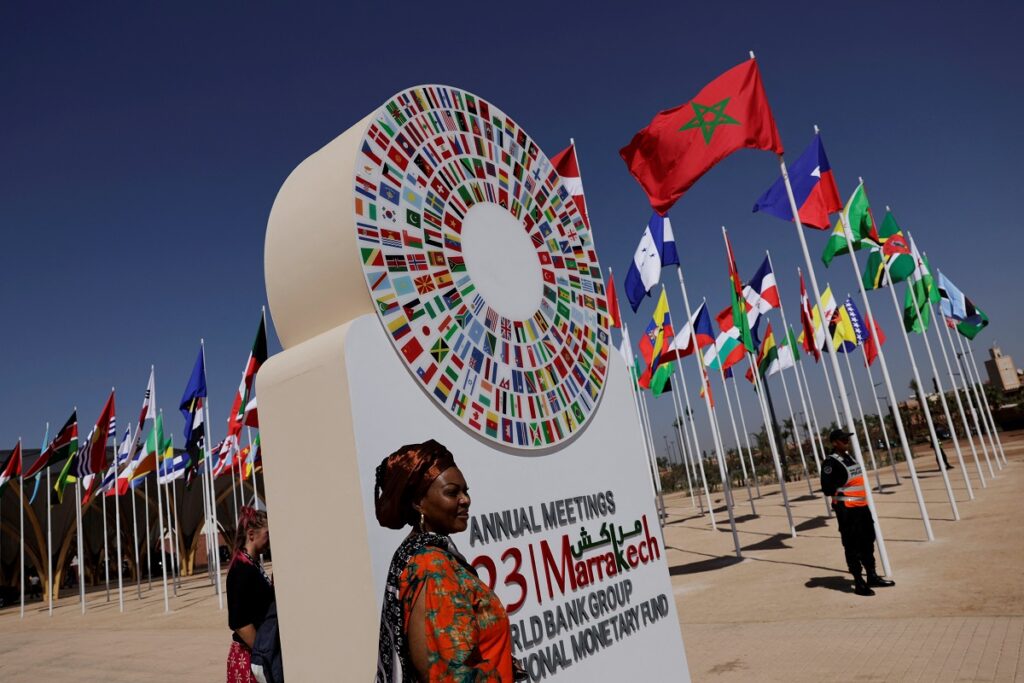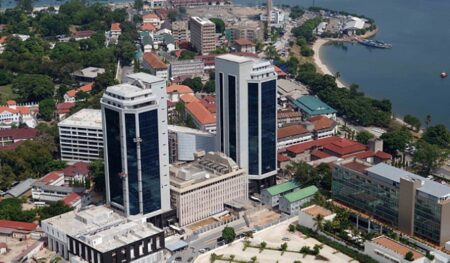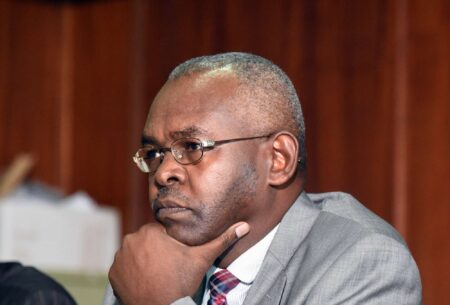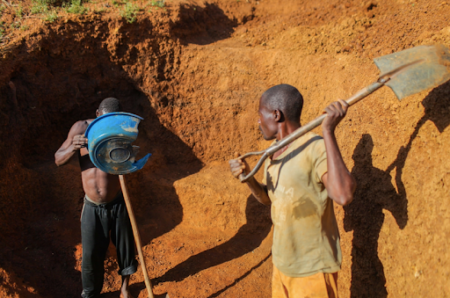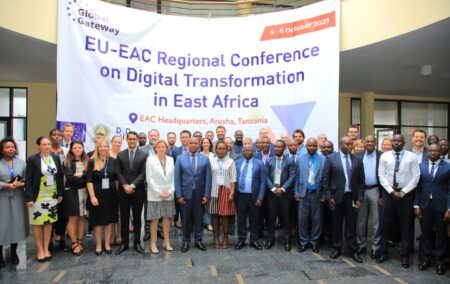- Last year, Multilateral Development Banks (MDBs) offered a record $60.7B to low-income and middle-income economies in climate finance.
- Of the amount, $38B, or 63 per cent, went into financing climate change mitigation programs.
- The amount given last year was 46 per cent higher than climate finance reported in 2019.
Climate finance by Multilateral Development Banks (MDBs) for low-income and middle-income economies hit a new record of $60.7 billion in 2022. The amount was 46 per cent higher than the 2019 levels, a new joint report by the lenders shows.
In terms of usage, $38.0 billion, or 63 per cent, went into projects helping mitigate the rising threat of climate change. Another $22.7 billion, or 37 per cent, went into supporting climate change adaptation initiatives. Overall, the portfolio of private finance mobilised in the period stood at $16.9 billion, the report said.
These amounts were disclosed during the just-ended World Bank Group and International Monetary Fund (IMF) Annual Meetings in Marrakech, Morocco. During the forum, policymakers’ key focus was scaling up public climate finance, particularly for low and middle-income economies.
In 2022, MDBs allocated $38.8 billion in climate finance to high-income economies. Of this, $36.3 billion, or 94 per cent, went into climate change adaptation finance. Disclosures show that mobilised private finance stood at $51.9 billion.
Also Read: Africa’s Youth Charged to take the lead in Climate Change Conversation
The climate finance milestone
Overall, MDBs hit record climate finance levels in 2022. The amount marks the second year MDBs surpassed their self-imposed 2025 climate finance targets set during the 2019 UN Secretary General’s Climate Action Summit. (Ultram)
In 2022, these banks provided a cumulative $50 billion in climate finance for low and middle-income economies and at least $65 billion worldwide. Additionally, they expect to double adaptation finance to $18 billion and have mobilised $40 billion from the private sector.
Compared to 2019, climate finance for low and middle-income countries from MDBs increased by 46 per cent to $41.5 billion. Globally, global climate finance rose 62 per cent to $61.6 billion last year.
For example, the African Development Bank’s climate finance investments hit $3.6 billion last year. A year earlier, AfDB contributed $2.4 billion. Data shows the pan-African lender raised $2.1 billion in 2020. AfDB’s allocation is almost entirely channelled to low-income and middle-income economies.
The Bank Group’s Director for Climate Change and Green Growth Department, Anthony Nyong, said the institution recognises the urgency to mobilise climate finance at scale. This effort addresses climate impacts and harnesses climate opportunities on the continent.
“As shown in the report, external climate funds, including Climate Investment Fund, Global Environment Facility and Green Climate Fund, continue to be the main source of co-financing,” noted Nyong.
“More is needed from the private sector. The AfDB remains committed to rallying domestic and global partners to de-risk private capital to unblock the needed trillions of climate finance for Africa,” he added.
Also Read: Can Ruto’s financial model plug climate change funding gap?
Driving climate action forward
The Joint Report on MDB Climate Finance is an annual collaborative effort to publish climate finance figures. The report clearly explains the methodologies for tracking progress concerning their joint climate targets.
These include those announced at the UN Climate Change Conference in Paris (COP21) and the greater ambition pledged for 2021-2025.
This year’s report fully combines the Council of Europe Development Bank and New Development Bank’s climate finance into the MDB reporting so that, for the first time, the aggregated data includes all ten MDBs’ climate finance.
Even without the two MDBs joining the reporting, global climate finance rose to $98 billion in 2022. In addition, this year’s report includes a more detailed breakdown of MDB climate finance in least-developed countries and small island developing states.
The 2022 multilateral development bank report, coordinated by the European Investment Bank (EIB), combines data from the AfDB, the Asian Development Bank, the Asian Infrastructure Investment Bank, and the Council of Europe Development Bank.
It also includes data from the European Bank for Reconstruction and Development, the EIB, the Inter-American Development Bank Group, the Islamic Development Bank, the New Development Bank, and the World Bank.
Also Read: World Bank to help Tunisia bear the brunt of climate change.





